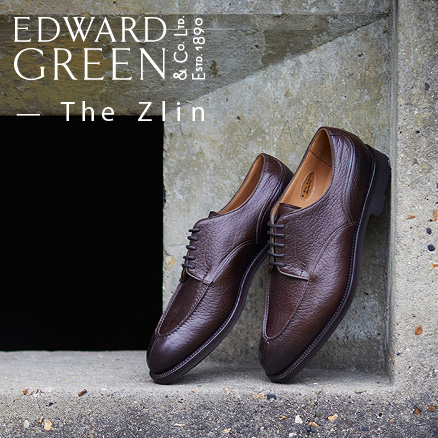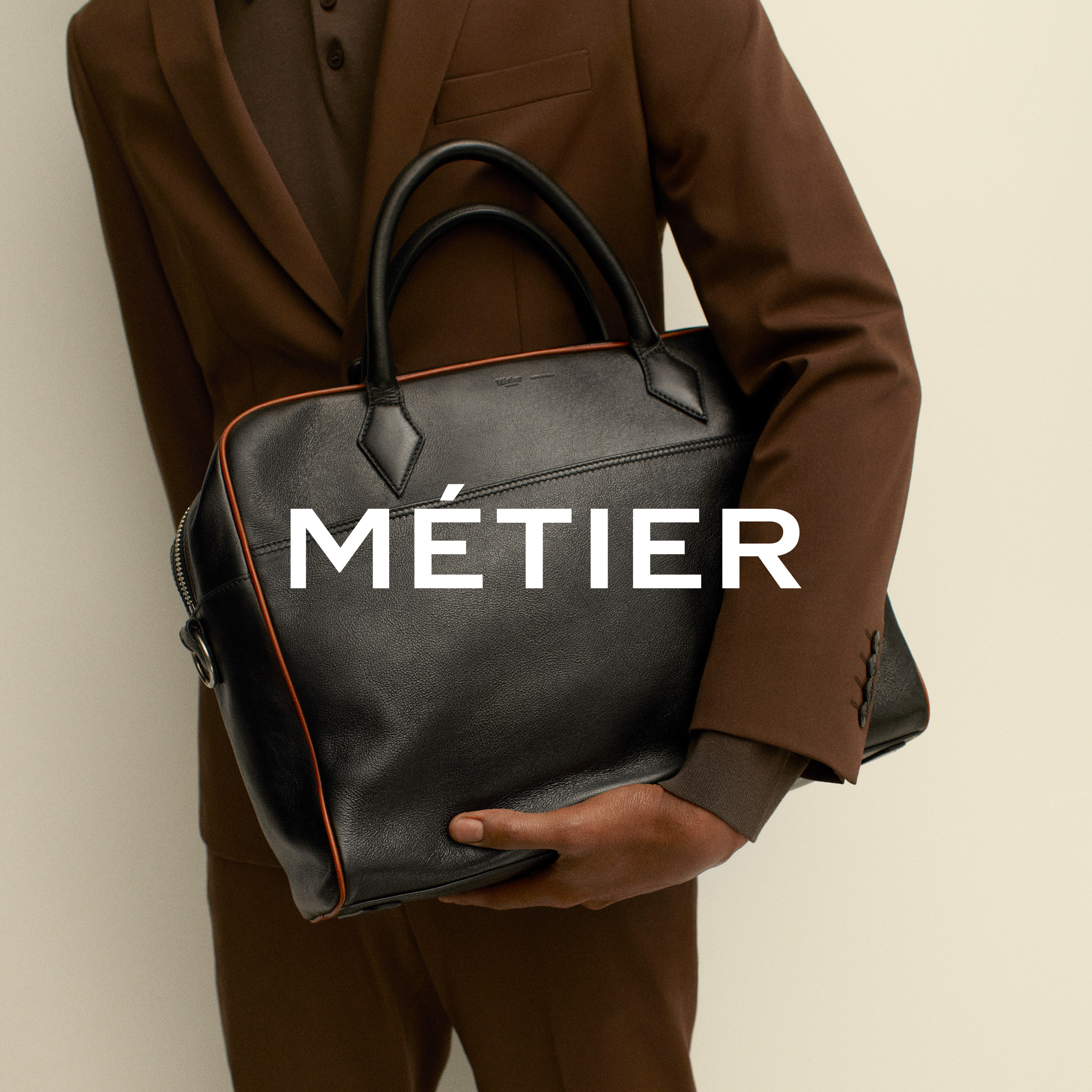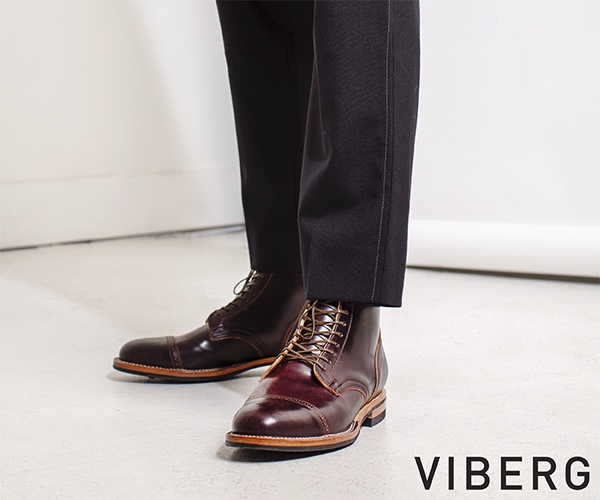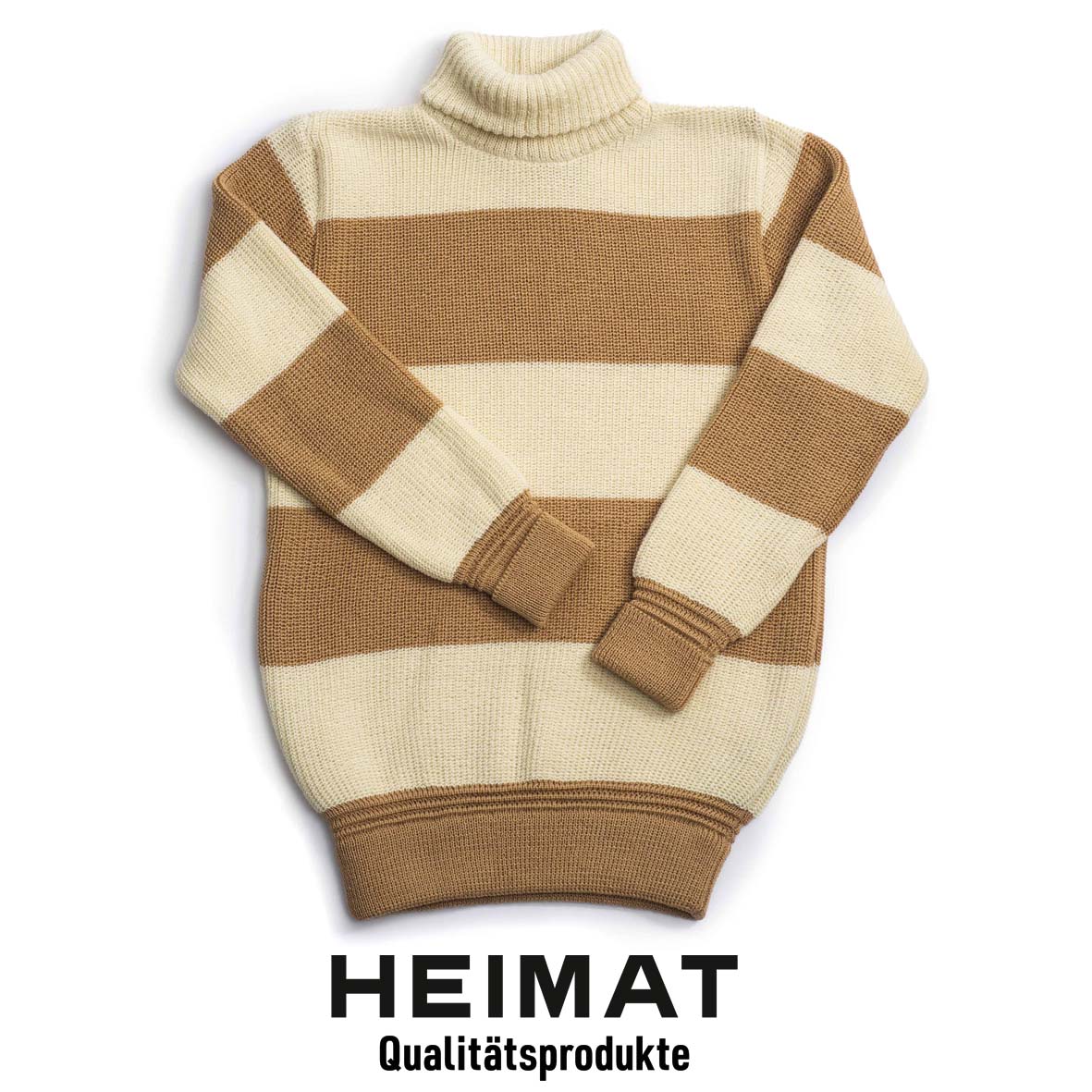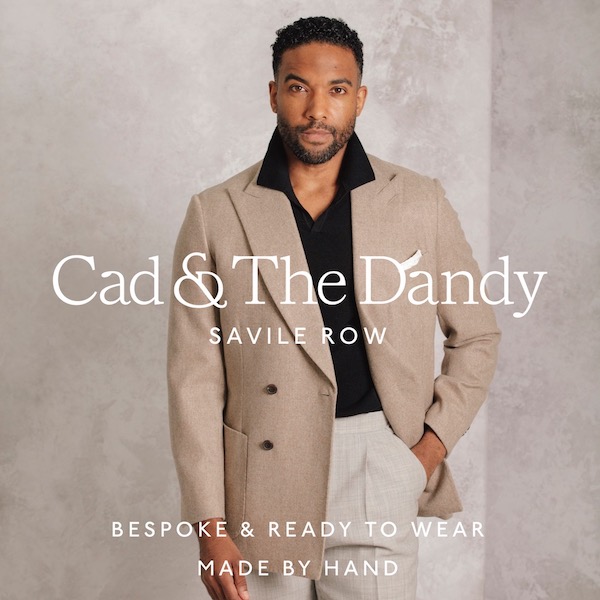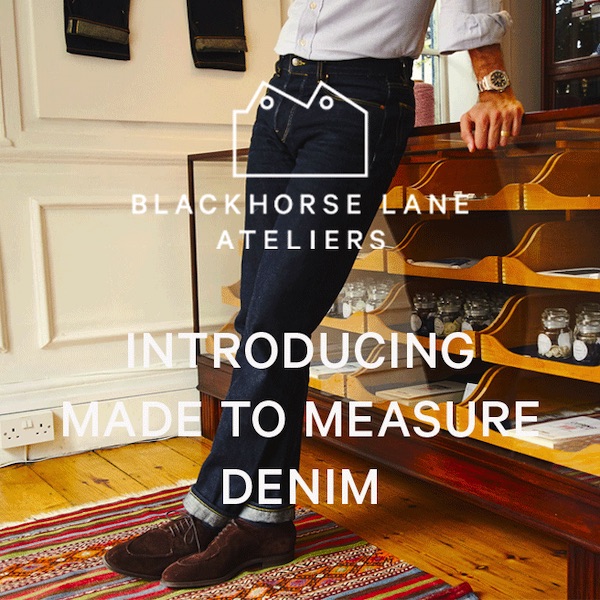[image_fallback] =>
[header_type] => separate
[size] => large
[_sow_form_id] => 5649b85394d12
[so_sidebar_emulator_id] => sow-header-10005310000
[option_name] => widget_sow-header
[panels_info] => Array
(
[class] => SiteOrigin_Widget_Header_Widget
[raw] =>
[grid] => 0
[cell] => 0
[id] => 0
[widget_id] => 9fe2c76a-2dc0-4850-b5ec-e04e34dab643
[style] => Array
(
[background_display] => tile
)
[cell_index] => 0
[widget_index] => 0
)
)
–>
Stewart Christie: Preserving Scottish bespoke in Edinburgh
- Stewart Christie

Eric Musgrave is a friend, the former editor of Drapers and the author of the book Sharp Suits. He recently moved to the north of England and has been getting to know many of the makers and manufacturers there and across the border into Scotland. So I asked him to write about one historic outfitter I know we needed to cover – Stewart Christie.
–
By Eric Musgrave.
Scotland’s oldest bespoke tailor, Stewart Christie in Edinburgh, has achieved an impressive renaissance in the past 10 years.
Back then the business was acquired by long-standing friends, Victoria “Vixy” Rae and Daniel Fearn, who shared a vision to revive a dusty, somewhat neglected tailoring institution at 61-63 Queen Street in the Scottish capital.
Their route to running it was not direct. I first met Edinburgh-born Vixy about 25 years ago when she was running her own skate-wear shops in Edinburgh and Glasgow, while also acting as an agent for French streetwear labels. Dan used to run concessions for British menswear brand Crombie, ending up at its Edinburgh flagship.

The pair, now in their early 50s, worked together at Edinburgh clothing store Walker Slater before becoming business partners to acquire Stewart Christie.
Unusually for a bespoke tailor, their venture is well-financed. The company’s long-standing chairman-investor is oil entrepreneur Professor James McCallum. And in early 2024 the three welcomed as a director a long-standing customer, Alexander McCall Smith, the famous author of The No 1 Ladies’ Detective Agency series.
Having met Sandy (as McCall Smith is known to his friends) I can confirm he is both knowledgeable and genuinely interested in menswear and textiles.


Based on a line on a headed notepaper in the shop’s archive, Vixy dates the origins of Stewart Christie back to 1720, but there is anecdotal evidence its roots might be with a firm called Taylor & Turnbull, which originated in 1638. Historic Edinburgh tailoring firms including Purves, Fraser & Anderson, Marshall & Aitken, J Christie and J Stewart are in the company’s sprawling family tree.
John Williamson, who founded The Tailor and Cutter trade publication in 1866, was trained at Christie in Edinburgh. It is not well remembered today but he started the publication as a pamphlet to help improve the lot of journeymen tailors.
“When we took on Stewart Christie around 10 years ago we had our own vision of how the company should evolve. But very quickly we learned that what already existed had to be celebrated and restored, not changed for the sake of change,” says Vixy.


The tailoring is bespoke, but only around 10% is worsted suits. “We make more Scottish tweed for shooting,” Vixy adds. “Specialties include doublets for highland wear and lots of hunt tailcoats. We make for the Church of Scotland, The Holyrood High Constables, and evening tailcoats and shooting jackets for the Royal Company of Archers.”
Dan adds: “We have seen a noticeable increase in demand for bespoke Scottish Highland wear. We have our own kiltmaker, Isaac Hawkins (above), in-house to offer options on styling and pleating, often with inspiration from Victorian or Georgian styles. And we pride ourselves on being among the few bespoke tailors able to handmake velvet doublets to wear with a kilt.”
As well as relatively well-known styles such as open doublet, Bonnie Prince Charlie and Sherrifmuir, Stewart Christie has historically developed individual doublet styles that have been worn for generations by particular Scottish noble families.


The workroom is overseen by head cutter Terry McClelland (above), who has been at the firm for almost 30 years. Having taught himself the basics of tailoring, Terry was taken on by the firm when he showed he could make a garment and subsequently learned more on the job.
Today, Terry likes a slightly longer jacket with a fuller drape, more classic than fashion. He likes to shrink his own chest canvas and has evolved his cut to be softer on the shoulder.
I can confirm his skill having had made a very handsome overcoat in a W Bill brown and pale check, in autumn 2019 (below). It’s a 13oz cloth, which I specifically wanted for a lighter-weight coat that I could wear instead of, not over, a jacket. It works very well with a rollneck underneath on a colder day or a shirt, tie and fine cardigan on a warmer one.

My coat was complemented by some excellent trousers in a pale blue Abraham Moon cloth that has the look of a Harris Tweed, and a double-breasted waistcoat in the same Moon quality but a rust colour. I wear the trousers a lot, the waistcoat less so as it is not the right style for someone like me who sits at a keyboard for long periods.
Garment prices are good compared to those in London. A two-piece bespoke suit starts at £2500, a three-piece at £3600 and a kilt at £1250. (Machine-made kilts are from £850.)
The firm is one of only a few offering high-quality bespoke in Scotland. This site wrote about countrywear tailor Campbells of Beauly in Inverness-shire recently. In Perth, traditional home of the historic Black Watch regiment, Shilling & Fitz is a specialist in military tailoring. In Castle Douglas in Dumfries and Galloway, Andrew Livingston is a fourth-generation bespoke tailor who worked closely for many years with the late Edward Sexton.
And in Leith, close to Edinburgh, is Highland-wear specialist Kinloch Anderson, which makes King Charles’s kilts. A recent arrival in Edinburgh, a few minutes’ walk from Stewart Christie, is the northern branch of Kathryn Sargent, overseen by Alistair Nimmo.


Complementing Stewart Christie’s tailoring is quite a bit of ready-to-wear clothing. Thanks to Dan and Vixy’s experience, the shop feels like a good example of how a traditional outfitter (as distinct from just a menswear shop) should be. The interior is largely unchanged since the pair bought it – it’s just better-lit, cleaner, tidier, and better organised with new classic merchandise.
Currently around 60% of the ready-to-wear stock (primarily from British manufacturers) carries the Stewart Christie label, although brands like Dent’s, Gurteen, Magee, Joseph Cheaney and William Lockie fulfil specific requirements.
“Many older customers appreciate the fact they can still get a good selection of specialist items from us, such as bow ties, cravats, hats and caps, braces, sock garters and cummerbunds,” says Dan.
There is a smaller womenswear shop next door, at no.61, which offers made-to-measure styles designed by Vixy. And last year Stewart Christie acquired the Glenlyon Tweed Mill in Perthshire, the traditional home of Haggart of Aberfeldy country tweeds. An interesting one, and perhaps a good subject for an article in the future on this part of Scotland.

Vixy Rae is the author of The Secret Life Of Tartan: How A Cloth Shaped A Nation (Black and White Publishing 2019) and The Art Of Tweed: From Weaver To Wearer (Black and White Publishing 2020).
Related posts
- Stewart Christie: Preserving Scottish bespoke in Edinburgh
March 28th 2025 – 26 CommentsRead More
- Permanent Style magazine is live!
March 26th 2025 – 87 CommentsRead More
- A guide to pure-silk tailoring
March 24th 2025 – 46 CommentsRead More
Subscribe to this post
–>




